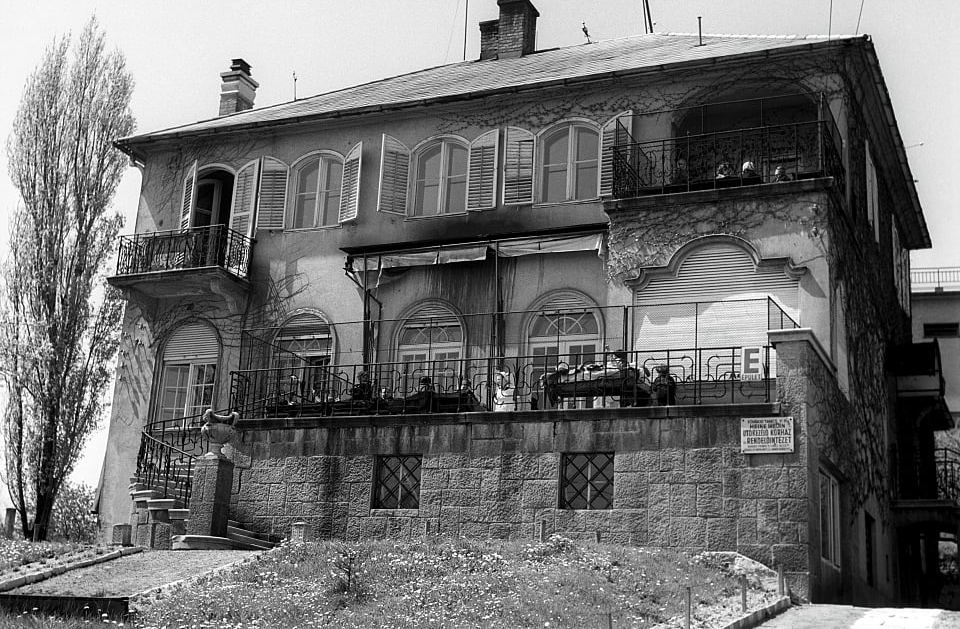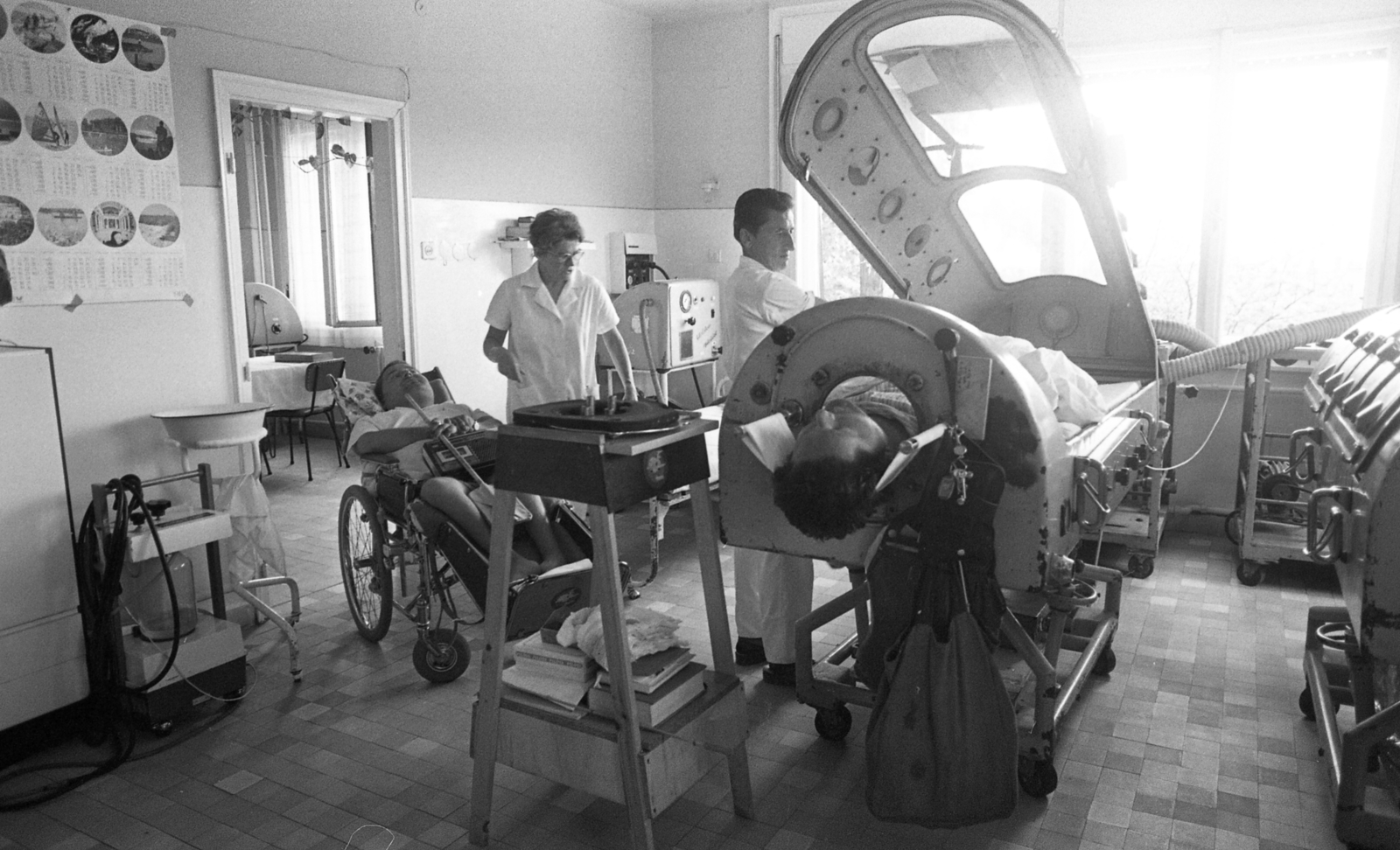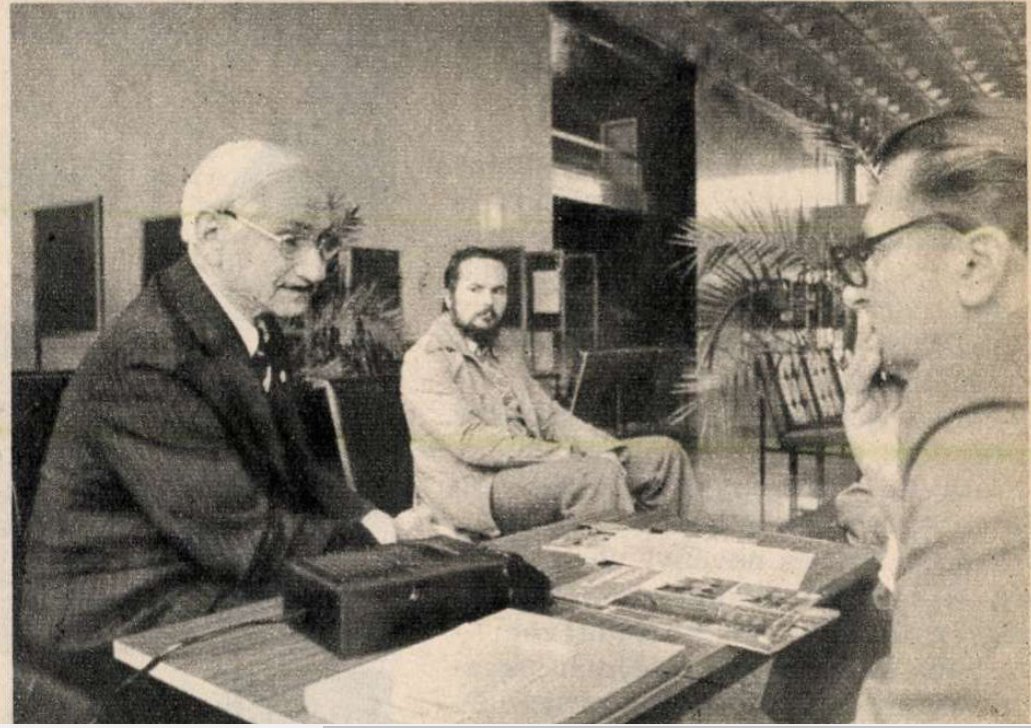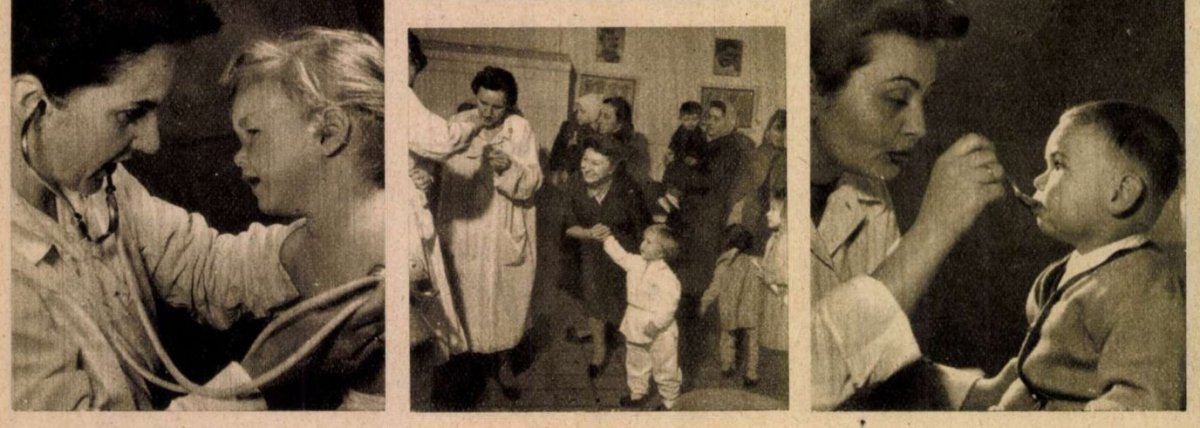A terrible epidemic raged in Hungary in 1957. The dreaded polio took its victims again, after a stronger wave in 1954. The death rate of the virus, which mainly attacks young children, was around 5-20 percent, and caused permanent paralysis in another 30 percent of patients, many children could only be kept alive with iron lungs. The parents were terrified, as the disease struck suddenly and literally paralysed or killed the little ones.
In addition to the usual defenses, the camping bans were in effect, gamma-globulin, which prevents the spread of infection, was available in limited quantity, the number of available hospital beds was increased in Budapest, and centres were also decided to be established in the countryside. The hospital defense against the disease was mostly concentrated in Budapest, i.e., the largest hospital department was set up here to receive patients and provide follow-up care. Relatively few illnesses occurred in Budapest, but of course parents in the capital were also afraid.

The building of the Heine-Medin Aftercare Hospital was built in 1958 at 5–9 Bolyai Street in the 2nd District, where children suffering from the polio were treated (Photo: MTI/Erzsébet Zinner)
But in 1957, in the middle of the epidemic, the miracle drug arrived, the polio vaccine, which was already available in the USA at that time. The first defenses were therefore not yet made with the famous Sabin drops, because they were only used here - among the first in the world - from 1959, but with the Salk vaccine, which was developed at the same time but introduced first.
The news of the domestic epidemic reached overseas as well, and in both the American Hungarian papers and the domestic newspapers one could read numerous advertisements about how people living in emigration are trying to get vaccines to Hungary. This practice was so widespread that the domestic newspapers specifically drew attention to the fact that the colour of the vaccine is cherry red, if the material received from abroad, as a private donation, is a different colour, i.e. yellow, then it has already spoiled because the proper conditions were not ensured during transport, and they called attention so that the spoiled vaccine is not administered. On the black market, the price of one dose was 2,000 HUF - two months' salary.

For many, only the iron lung helped. Caring for a patient with iron lung in 1984 (!) in Budapest. The last iron lung device operated until 2005 (Photo: Fortepan/Reference No.: 213563)
The situation became so untenable during the 1957 epidemic that the country bought vaccine from the United States in the middle of the Cold War. The Kisalföld newspaper reported on their arrival on 14 July 1957 as follows:
"The plane carrying the Salk vaccine arrived at the Ferihegy airport at 6 p.m. on Saturday afternoon. The cargo was taken over by representatives of the Ministry of Health and Medimpex. Information from the Ministry of Health. The Revolutionary Workers'-Peasants' Government 1062/1937. 7. On the basis of its decision No. 6, the quick and effective actions of our foreign trade bodies helped the Ministry of Health to start the polio vaccinations included in the decision as soon as possible. 230,000 ml (millilitres) of Salk's vaccine arrived by plane."
The vaccine had to be administered in two doses, so the vaccinations took place at the end of July and beginning of August. On the 1st of August, Népszabadság was able to write about this:
"The first polio vaccination of children born in 1955 and 1956 was completed throughout the country on 27 July. The majority of children in the age groups designated for vaccination received the vaccine. The second vaccination of vaccinated children will begin in Budapest and the areas most affected by the epidemic on 15 August, and in the rest of the country on 22 August. Vaccination of additional childhood groups is now being organised."
In the countryside, there was a very high willingness to vaccinate (it was not compulsory at that time), but in Budapest, where children could be vaccinated in 72 places, there was a lot of uncertainty at first, people did not trust that the government really bought good vaccines, so in general, 50 percent of the children in the capital were vaccinated. Not only distrust was the reason for the low willingness to vaccinate in the capital, but also bad information, Esti Hírlap wrote about this on 26 July:
"More than half of the concerned children in the 12th and 18th Districts were vaccinated. In these two places, the organisation was very good, a separate notification was sent to each parent. In other outlying areas, however, the information was bad, the Hirdető Vállalat put up most of the 4,500 posters in the inner city."
However, on 7 August, the first round of vaccinations took place in the capital as well, and then the second as well. In Budapest, the City Council decided at the end of 1957 to take further steps to continue vaccinating the other age groups of children. Budapest also operated three post-treatment nurseries for children attacked by the disease.

Bruce Sabin, the developer of the Sabin drop, in Hungary in October 1977 (Photo: Természettudományi Közlöny, 1 January 1978)
The Salk vaccine was replaced in 1959 by the Sabin drops, which were used until 1992, since then a more advanced vaccine has been used. As a result of vaccinations, this dreaded disease - along with many other childhood diseases - has now completely disappeared from Hungary.
Cover photo: Administration of the Sabin drop in 1960 in Budapest (Photo: Természettudományi Közlöny, 1 March 1960)



































Hozzászólások
Log in or register to comment!
Login Registration